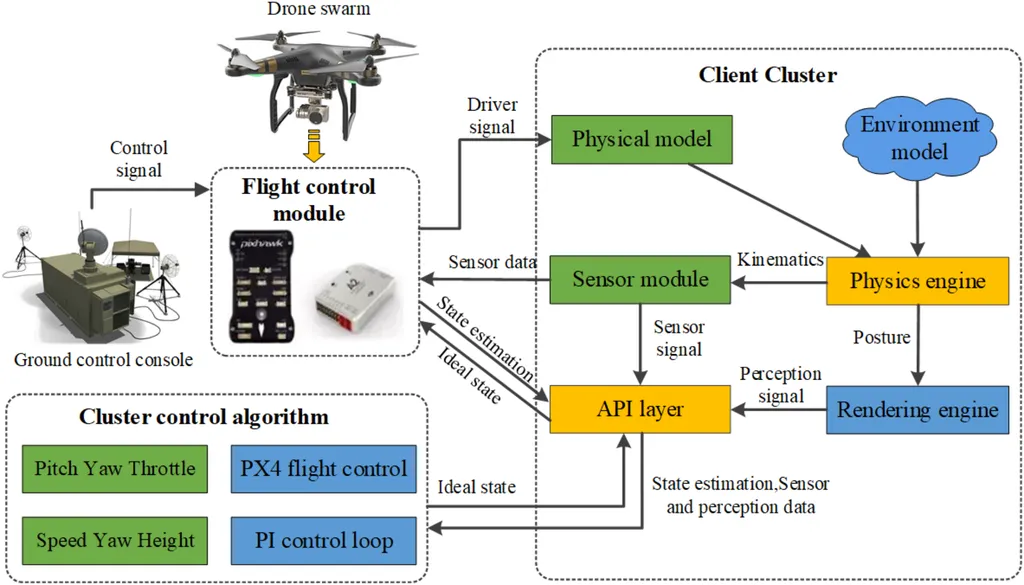Researchers from the University of Science and Technology of China, led by Yuchen Wu and Yifan Yang, have developed an innovative approach to cooperative path planning for multi-agent systems, with significant implications for the defence and security sector. Their work addresses a critical need for more robust and adaptable algorithms that can handle complex scenarios, such as those encountered in military operations.
The team’s research focuses on the planning problem associated with the nonholonomic Ackermann model, which is commonly used for Unmanned Ground Vehicles (UGVs). Traditional algorithms often fall short in this area, relying on simplified kinematic models and lacking support for multiple group scenarios. To overcome these limitations, the researchers propose a leaderless, hierarchical Search-Based Cooperative Motion Planning (SCMP) method. This approach employs a binary conflict search tree at the high level to minimize runtime, while the low level generates kinematically feasible, collision-free paths that are shape-constrained.
One of the standout features of the SCMP method is its adaptability. It can effectively manage scenarios involving multiple groups with different shapes, outlier agents, and intricate obstacles. This flexibility is particularly valuable in defence applications, where missions often require coordination among diverse units operating in dynamic and unpredictable environments.
To validate their algorithm, the researchers conducted a series of comparisons, performance tests, simulations, and real-world trials. The results demonstrated the effectiveness and practical applicability of the SCMP method. The implementation of this method will be open-sourced, making it accessible for further development and integration into various defence and security systems.
The practical applications of this research are vast. In the defence sector, the SCMP method can enhance the coordination and efficiency of UGVs in missions such as reconnaissance, surveillance, and logistics. The ability to handle multiple groups and complex obstacles makes it particularly suitable for large-scale military operations. Additionally, the algorithm’s adaptability can be leveraged in other sectors, including agriculture and industry, where multi-agent systems are increasingly being deployed for tasks such as precision farming and automated manufacturing.
In summary, the hierarchical Search-Based Cooperative Motion Planning method represents a significant advancement in the field of multi-agent systems. Its robust and adaptable nature makes it a valuable tool for the defence and security sector, where the ability to coordinate multiple units in complex environments is paramount. The open-sourcing of the implementation ensures that this innovative approach will continue to evolve and find new applications in the years to come.
This article is based on research available at arXiv.

